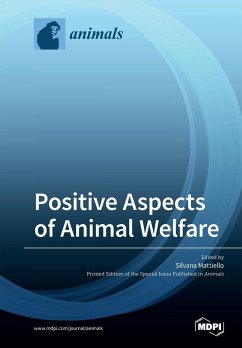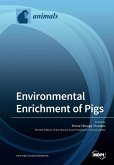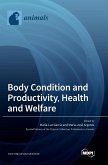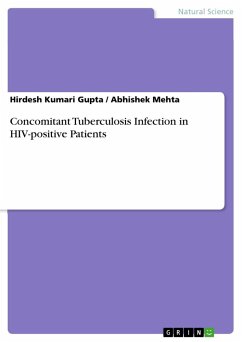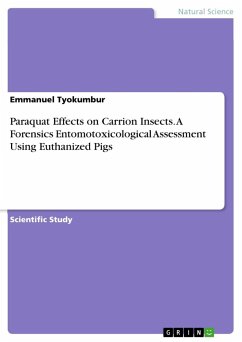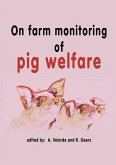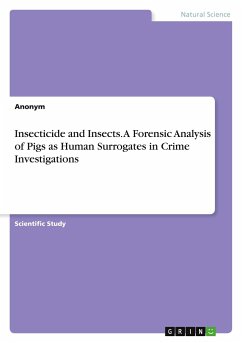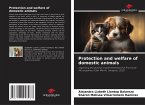Comfort during resting, half-closed eyes when feeding on highly palatable feed, or vigorous tail wagging when being brushed are some of the positive indicators that can be used to evaluate the quality of the environment in which domestic animals live. This has been a radical shift from the past as, until now, the welfare assessment on farms has meant assessing negative indicators, namely the number of lame animals, presence of lesions, or frequency of agonistic behaviours. However, the latest research confirms that the absence of a problem or of suffering does not necessarily imply that the animals are experiencing a good life and that their level of welfare is high. To guarantee high welfare standards, animals should experience positive conditions that allow them to live a "life worth living", and positive indicators are needed to identify these conditions. This Special Issue focuses on the development and validation of indicators of positive welfare or on the refinement of the existing ones, as well as on the identification of suitable living conditions for providing positive welfare to farmed and companion animals.
Hinweis: Dieser Artikel kann nur an eine deutsche Lieferadresse ausgeliefert werden.
Hinweis: Dieser Artikel kann nur an eine deutsche Lieferadresse ausgeliefert werden.

